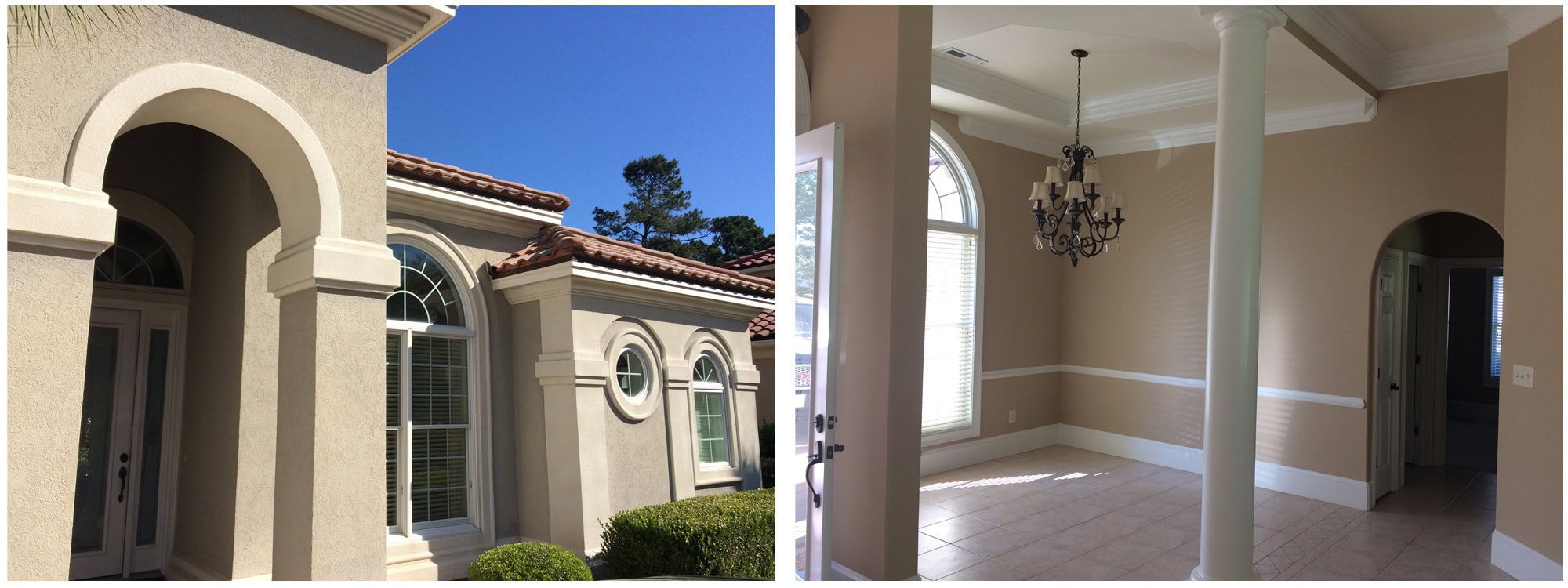Stucco enhances commercial properties with aesthetic and durable benefits, offering texture versatility and color tints for lasting protection and appeal.
Continue readingHow to Stain a Wood Door with Glass: Tips from a Trusted Advisor
Mastering the Art of Staining Doors: Your Trusted Guide to a Flawless Finish
Guide to staining doors, covering tools, stain selection, and preparation for a flawless finish, including doors with glass and hung doors.
Continue readingMastering Stucco Installation: A Friendly Guide for Homeowners and Property Managers
A guide on stucco installation for homeowners and managers, detailing tools, materials, and techniques for applying stucco texture.
Continue readingBrick House Makeover
Step-by-step guide to painting a brick house, covering preparation, choosing paint, application techniques, and maintenance for lasting results.
Continue readingStucco Installation Made Simple: Tips for Homeowners and Property Managers
Stucco offers a durable, weather-resistant finish for buildings. Key installation tips include understanding basics, selecting materials, and applying textures. Expert advice is recommended.
Continue readingThe Ultimate Guide to Stucco Installation: Enhance Your Property with a Timeless Finish
Prepare thoroughly for stucco installation with the right tools and materials, surface prep, and understanding of stucco texture for smooth, long-lasting results.
Continue readingTop Qualities to Look for in Exterior Stucco Contractors
Key qualities to seek in stucco contractors include expertise, licensing, reputation, a range of services, communication, and transparent pricing for both residential and commercial projects.
Continue readingBurlington Coat Factory
Dunes Painting finished up a recent commercial project for a new Burlington Coat Factory in North Charleston, South Carolina.
Continue readingGet the Inside Scoop on Stucco Installation
When you choose stucco, you will add character to your home while masking the imperfections in older plaster.
Continue reading
